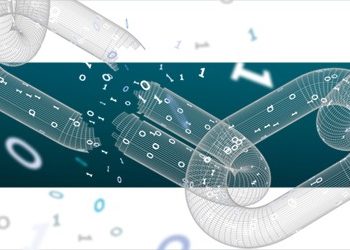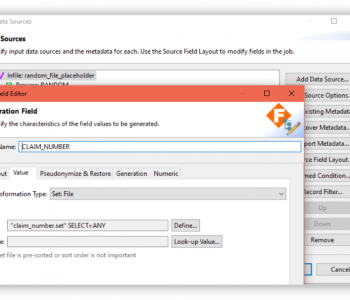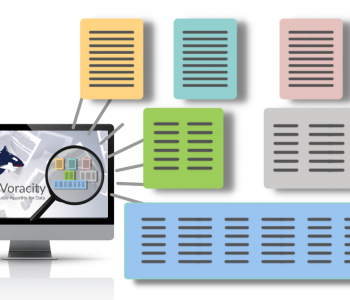 Data Masking/Protection
Data Masking/Protection
IRI Data Governance
In the previous article in this series, we discussed the importance of improving and maintaining the quality of your data. Along the same lines, it is also very important to make sure your data is well-governed. Read More









